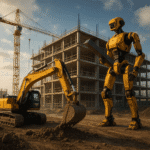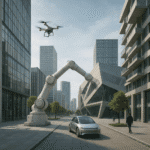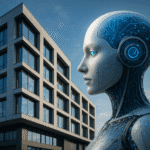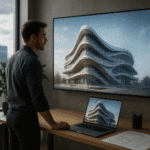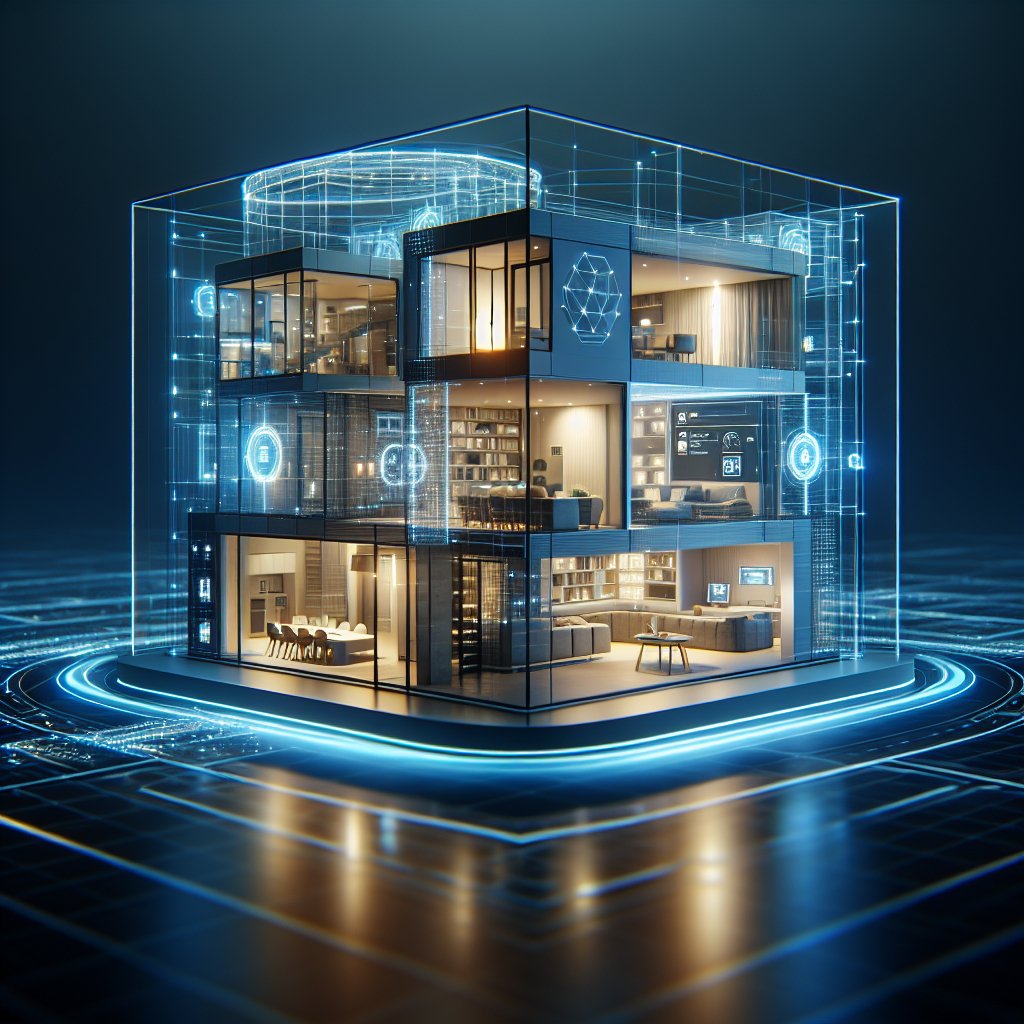As we stand on the brink of a new era in architectural design, the concept of smart homes is rapidly transforming from a futuristic vision into a tangible reality. The integration of advanced technology into residential spaces is not only reshaping the way we live but also redefining the very essence of what a home can be. This article delves into the innovative world of smart home architecture, exploring the cutting-edge technologies and design philosophies that are driving this digital revolution.
The Evolution of Smart Home Architecture
The journey of smart home architecture began with the advent of automation technologies in the late 20th century. Initially, these technologies were limited to basic functions such as lighting control and security systems. However, as technology advanced, so did the capabilities of smart homes. Today, smart home architecture encompasses a wide array of interconnected devices and systems that work in harmony to create a seamless living experience.
One of the key drivers of this evolution is the Internet of Things (IoT), which allows everyday objects to connect to the internet and communicate with each other. This connectivity enables homeowners to control various aspects of their home environment remotely, using smartphones or voice-activated assistants. From adjusting the thermostat to monitoring energy consumption, IoT has made it possible to manage homes with unprecedented ease and efficiency.
Moreover, the integration of artificial intelligence (AI) into smart home systems has further enhanced their functionality. AI-powered devices can learn from user behavior and preferences, allowing them to anticipate needs and automate tasks accordingly. For instance, smart lighting systems can adjust brightness and color temperature based on the time of day and the homeowner’s activities, creating an optimal ambiance without manual intervention.
Designing for the Digital Age
As technology becomes an integral part of residential architecture, designers and architects are reimagining the way homes are constructed and organized. The focus is shifting from traditional design principles to a more holistic approach that considers the digital infrastructure as a core component of the building.
One of the most significant changes in smart home design is the emphasis on flexibility and adaptability. Modern homes are being designed with modular spaces that can be easily reconfigured to accommodate changing needs and technological advancements. This approach not only future-proofs the home but also allows for personalized living environments that can evolve over time.
In addition to flexibility, sustainability is a crucial consideration in smart home architecture. With growing awareness of environmental issues, architects are incorporating eco-friendly materials and energy-efficient systems into their designs. Smart homes are equipped with solar panels, rainwater harvesting systems, and energy management tools that reduce their carbon footprint and promote sustainable living.
Furthermore, the aesthetic aspect of smart home design is undergoing a transformation. The integration of technology is no longer seen as a compromise to the visual appeal of a home. Instead, architects are finding innovative ways to blend technology seamlessly into the design, creating spaces that are both functional and visually stunning. From sleek, minimalist interiors to futuristic exteriors, smart homes are setting new standards in architectural beauty.
The Future of Smart Home Innovations
As we look to the future, the potential for smart home innovations is limitless. Emerging technologies such as augmented reality (AR) and virtual reality (VR) are poised to revolutionize the way we interact with our living spaces. Imagine a home where you can visualize design changes in real-time or experience a virtual walkthrough before construction even begins. These technologies will not only enhance the design process but also empower homeowners to make informed decisions about their living environments.
Moreover, advancements in robotics and automation are set to redefine the concept of home maintenance. Robotic assistants could soon become a common feature in smart homes, performing tasks ranging from cleaning and cooking to home repairs. This level of automation will not only improve convenience but also free up time for homeowners to focus on more meaningful activities.
In conclusion, the architecture of smart homes is a dynamic and rapidly evolving field that holds immense promise for the future. As technology continues to advance, the possibilities for creating intelligent, sustainable, and aesthetically pleasing living spaces are endless. The digital age is not just changing the way we live; it is reshaping the very concept of home itself.
